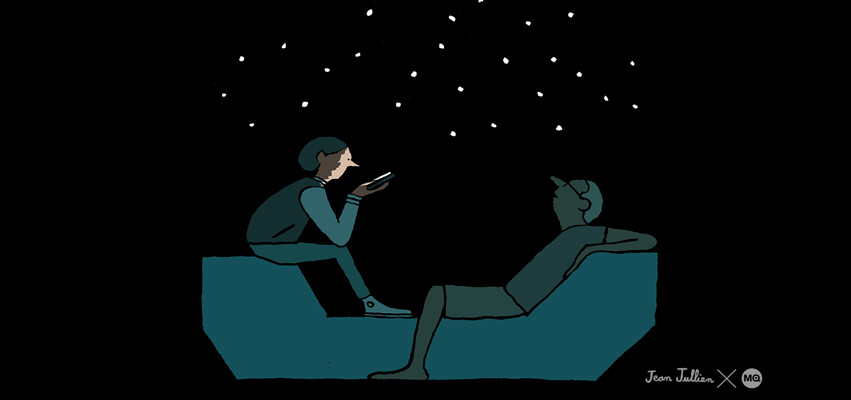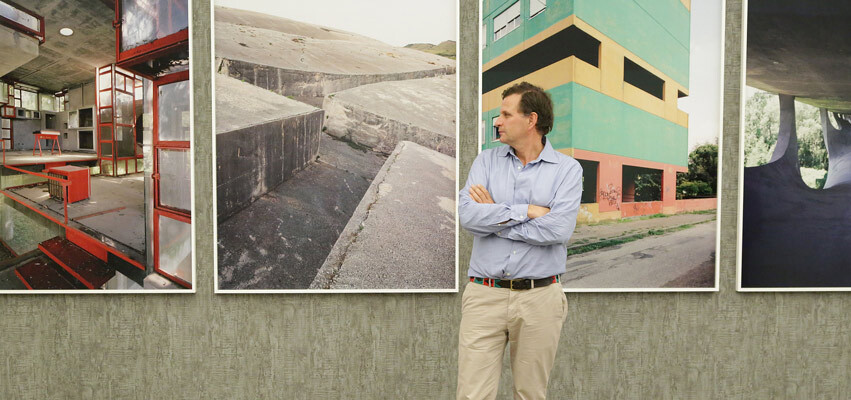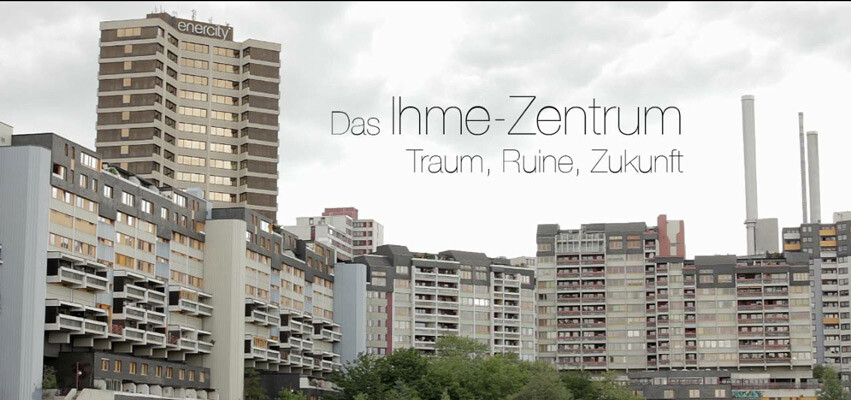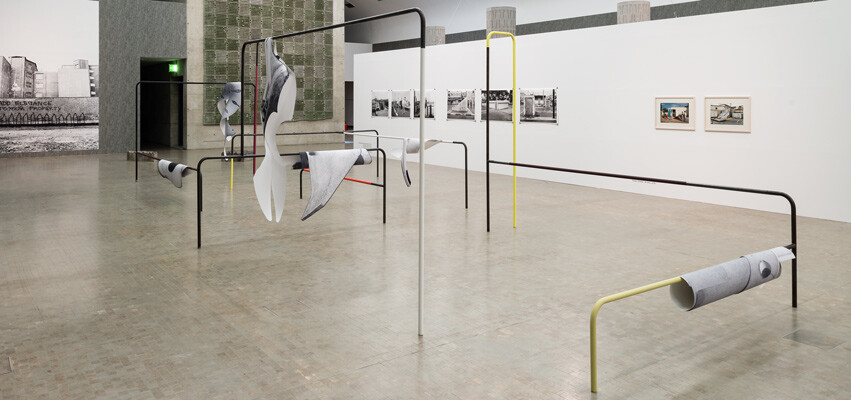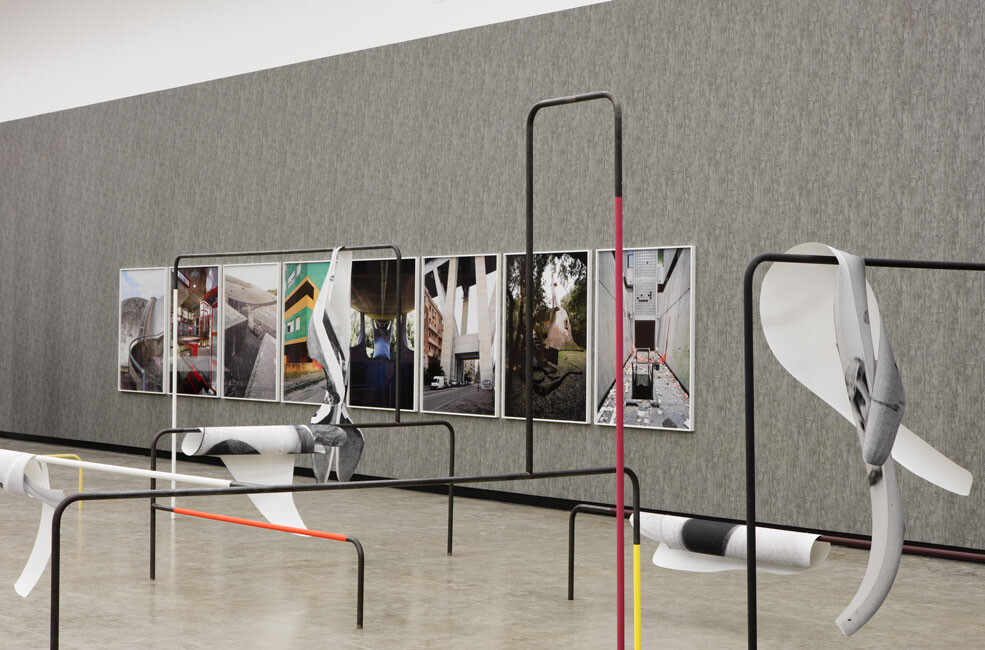Béton
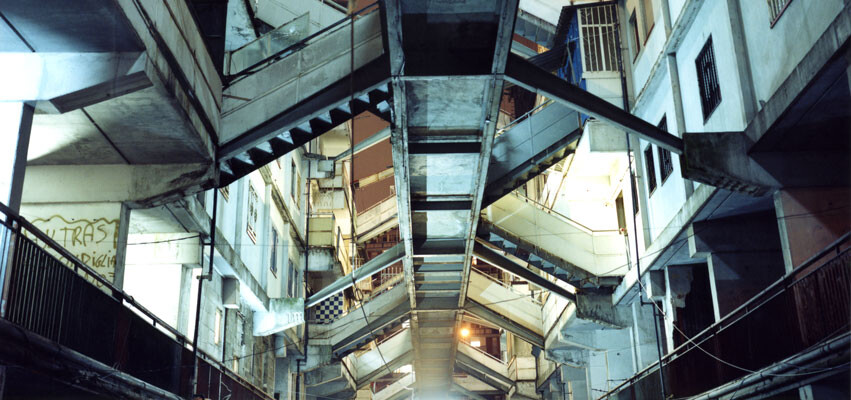

Program
6 pm: Manuel Borja-Villel (Director Museo Reina Sofia, Madrid) in conversation with Nicolaus Schafhausen as part of the closing weekend of L'Exposition Imaginaire.
7 pm: Welcome and introduction Vanessa Joan Müller & Nicolaus Schafhausen (Curators of the exhibition)
Present artistsKasper Akhøj, Monica Bonvicini, Werner Feiersinger, Karsten Födinger, Annette Kelm, Hubert Kiecol, Jakob Kolding, Susanne Kriemann, David Maljković, Isa Melsheimer, Olaf Metzel, Maximilian Pramatarov, Ron Terada, Sofie Thorsen, Tobias Zielony
In the 1950s and 60s, concrete was regarded as the epitome of modernism. An individual architectural style based on concrete established itself, so-called brutalism (originating from the French word for exposed concrete: béton brut). Brutalist architecture not only distinguishes itself through an expressive application of concrete but through a distinct social element; brutalist architecture stands for social housing, municipal educational establishments, cultural centers, and universities. Aiming to change society, brutalist architecture virtually gave shape to utopia. Today, many of the buildings built at the time are threatened with demolition; they are considered to have failed their purpose. In light of a modernism stained by dystopia, contemporary art once again carve out its original ideas, its euphoria, but also its failure. Not out of a nostalgic longing but for the sake of remembering that architecture was once more than enclosed space, and concrete was not merely a building material but was historically and ideologically charged.
